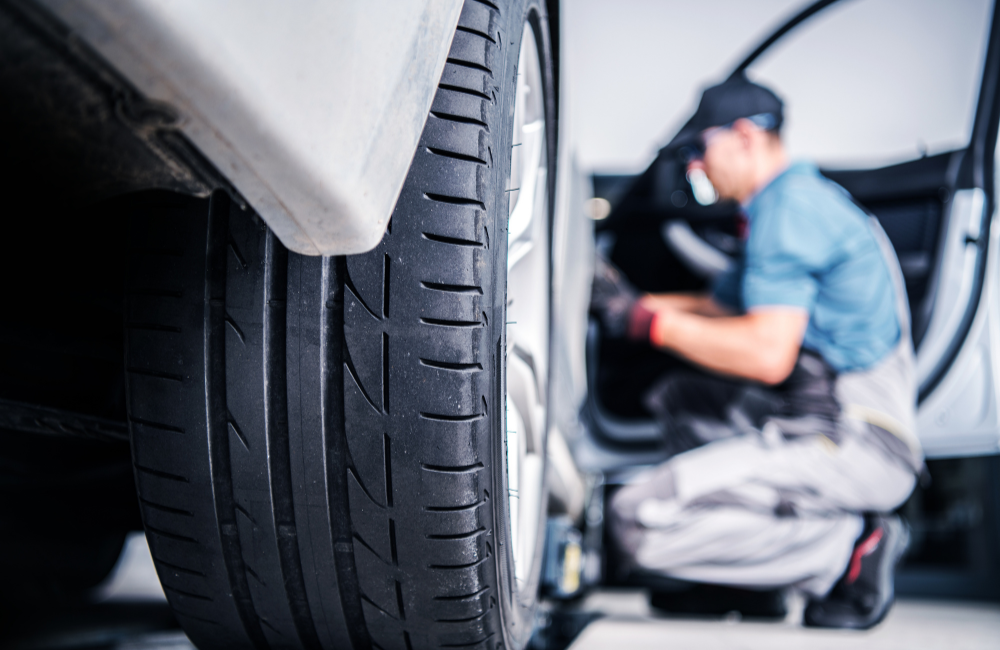
Auto warranties can be daunting, but fear not! In this guide, we’re here to break it down for you. Auto warranties are agreements between the vehicle manufacturer or dealer and the purchaser, promising to repair or replace specific components within a certain timeframe or mileage limit, should they fail due to defects in materials or workmanship.
Types of Auto Warranties
1. Manufacturer’s Warranty
The manufacturer’s warranty, also known as a factory warranty, is provided by the vehicle manufacturer. It typically covers a specific period, such as three years or 36,000 miles, whichever comes first. This warranty usually includes bumper-to-bumper coverage for all components, with some exceptions.
2. Extended Warranty
An extended warranty is a contract offered by the manufacturer or a third-party provider to extend the coverage beyond the original warranty period. It can be purchased at the time of vehicle purchase or before the original warranty expires. Extended warranties vary in coverage and duration, so it’s essential to review the terms carefully.
3. Powertrain Warranty
A powertrain warranty covers the major components of the vehicle’s powertrain, including the engine, transmission, and drivetrain. It typically lasts longer than the bumper-to-bumper warranty but may have fewer covered components.
4. Certified Pre-Owned (CPO) Warranty
When purchasing a certified pre-owned vehicle, it often comes with a CPO warranty, which offers extended coverage beyond the original manufacturer’s warranty. CPO warranties provide peace of mind for buyers concerned about potential issues with a used vehicle.
What’s Covered and What’s Not
Understanding what is covered under your auto warranty is crucial to avoiding unexpected expenses. While coverage can vary depending on the type of warranty and the manufacturer, here are some common inclusions and exclusions:
Covered Components
- Engine
- Transmission
- Suspension
- Electrical system
- Heating and cooling systems
- Fuel system
- Brakes
Excluded Items
- Regular maintenance (e.g., oil changes, tire rotations)
- Wear and tear items (e.g., brake pads, tires)
- Damage from accidents or misuse
- Aftermarket modifications
- Environmental damage (e.g., hail, flooding)
Making the Most of Your Warranty
To maximize the benefits of your auto warranty, follow these tips:
- Read the Fine Print: Review the warranty terms and conditions carefully to understand what is covered and any limitations or exclusions.
- Maintain Regular Service: Keep up with routine maintenance as outlined in the owner’s manual to ensure warranty coverage remains valid.
- Keep Records: Maintain records of all maintenance and repairs performed, including receipts and service records, to provide evidence of compliance with warranty requirements.
- Know Your Rights: Familiarize yourself with lemon laws and consumer rights in your state or country to protect yourself in case of disputes with the manufacturer or dealer.
Conclusion
Auto warranties provide valuable protection against unexpected repair costs, giving peace of mind to vehicle owners. By understanding this guide of the types of warranties available, what they cover, and how to make the most of them, you can ensure a smooth and worry-free ownership experience
